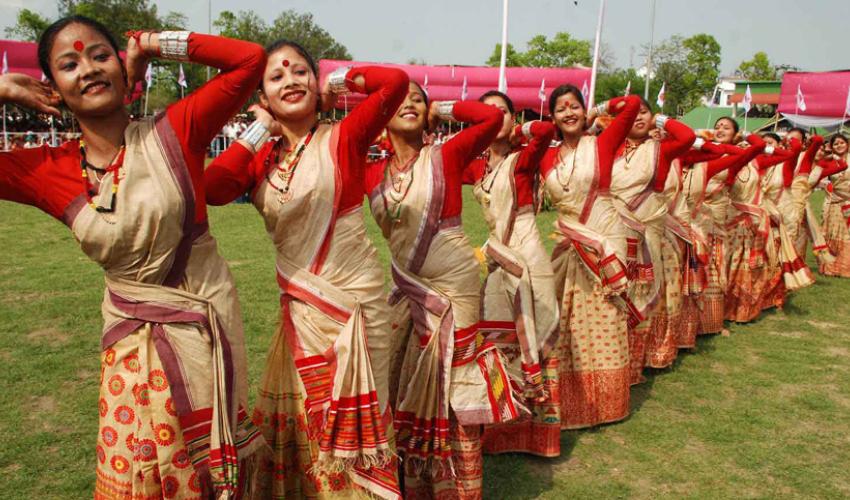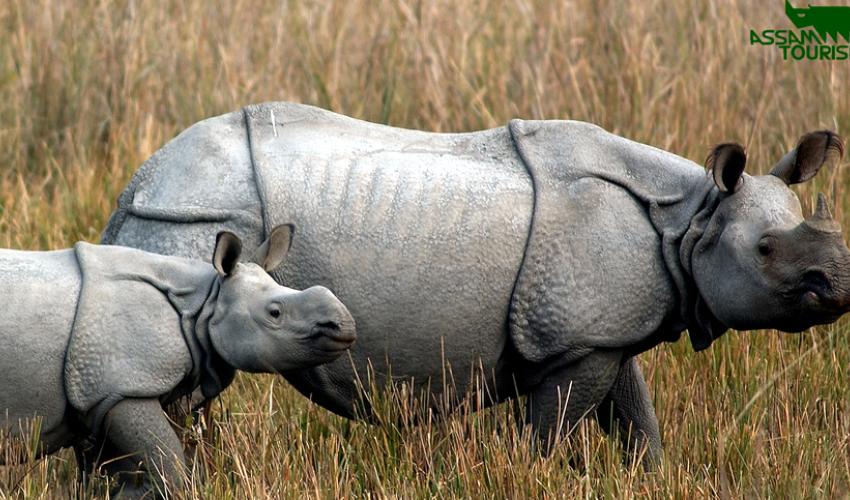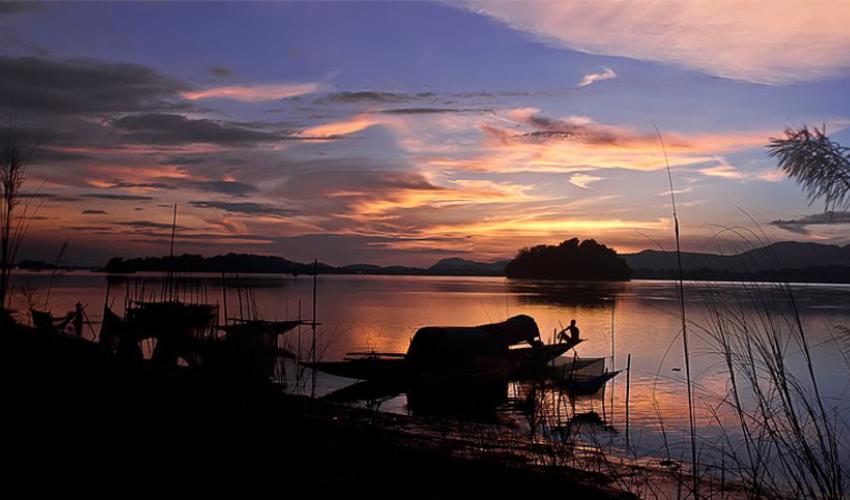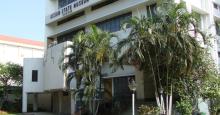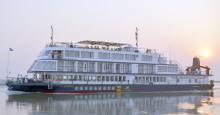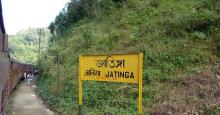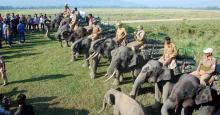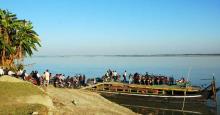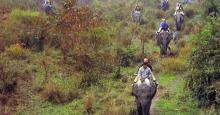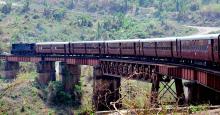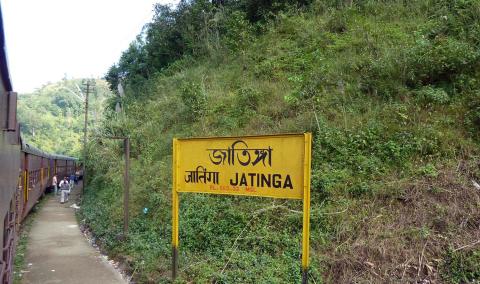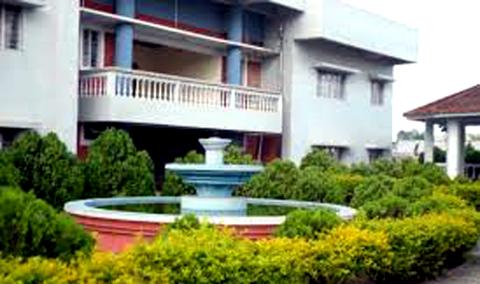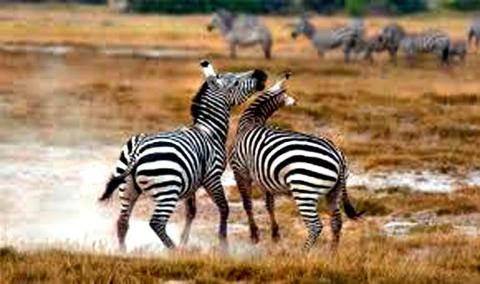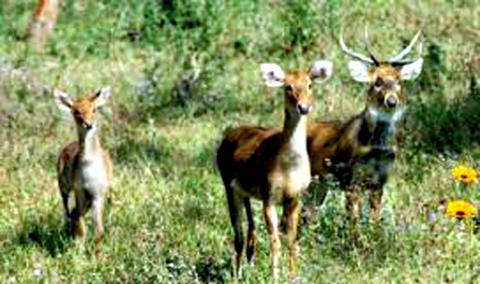Gracefully nestled at the south of eastern Himalayas, Assam includes the Brahmaputra Valley and the Barak stream valleys alongside the Karbi Anglong and the North Cachar Hills with an area of 78,438 km².
Assam is encompassed by seven of the other states: Arunachal Pradesh, Nagaland, Manipur, Mizoram, Tripura, Sikkim and Meghalaya. Topographically Assam and these states are associated with a segment of area in West Bengal called the Siliguri Corridor or "Chicken's Neck". Assam offers international borders with Bhutan and Bangladesh; and also share cultures with South-East Asia.
Ruled by the mighty Brahmaputra River, Assam is the doorway towards the northeastern India. This delightful area has its reference in the immense Hindu epic Mahabharata as "Pragiyotisha" and "Kamarupa" for thousands of years. Enriched with lavish greenery, Assam is additionally eminent for Assam tea, silk, petroleum assets and rich verdure.
Assam is known for its untainted characteristic excellence, generous biodiversity, tea manors, and benevolent people. The Brahmaputra, the life saver of the valley which shares its name, surges the area with prolific sediment each year to guarantee a rich harvest. It is bound on either side by muddy area secured with thick wilderness grass, sprinkled with patches of rice fields and terraced tea gardens. There is little to intrude on the limitless display aside from the periodic solitary hillock and mountains.
Just in the south of the valley is the even skyline broken by the slopes of Karbi Anglong. To south are the North Cachar Hills. Situated here, in the midst of plantations is Haflong. The southern part of Assam is the Barak Valley. Green is the overwhelming shade of the state, with a noteworthy 35% woodland spread and a large number of hectares under tea development. Assam has five national parks including the World Heritage Sites of Kaziranga and Manas, and 20 Wildlife and Bird Sanctuaries. The considerable Indian one-horned rhinoceros is one of Assam's most significant animal.
Throughout centuries, individuals of different ethnic, religious and phonetic foundations have been pulled in by the ripe stream valleys of Assam, and received them as their home. The general population of Assam are mosaic of different societies. They are from a scope of racial foundations including Austro-Asiatic, Indo-Aryan and Tibeto-Burman.
Assam is one of the wealthiest biodiversity zones on the planet and comprises of tropical rainforests, deciduous woods, riverine fields, bamboo plantations and various wetland environments; Many are currently ensured as national stops and saved woodlands.
Assam has some of the richest wildlife havens and the most important of which are two UNESCO World Heritage sites, the Kaziranga National Park, on the bank of the Brahmaputra River, and the Manas Wildlife Sanctuary, close to the outskirt with Bhutan.
The Kaziranga shelters the quick vanishing Indian one-horned rhinoceros. The state is the last asylum for various other imperiled and debilitated species including the White-winged Wood Duck or Deohanh, Bengal Florican, Black-breasted Parrotbill, Red-headed vulture, White-rumped vulture, Greater Adjutant, Jerdon's Babbler, Rufous-necked hornbill, Bengal tiger, Asian elephant, Pygmy pig, Gaur, Wild water bison, Indian pig deer, Hoolock gibbon, Golden Langur, Capped langur, Barasingha,Ganges waterway dolphin, Barca snakehead, Ganges shark, Burmese python, Brahminy stream turtle, Black lake turtle, Asian woodland tortoise, and Assam roofed turtle.
Debilitated species that are terminated in Assam incorporate the Gharial, a basically imperiled fish-eating crocodilian, and the Pink-headed duck (which might be wiped out around the world). For the State Bird, the White-winged Wood Duck, Assam is an all inclusive vital territory.
CLIMATE AND RAINFALL:
Summer: 35-38°C
Winter: 6-8ºC
Assam has a humid tropical climate that experiences high rainfall and humidity. Thunder showers are a common occurrence during monsoons and early morning fog in winter is also common, making the overall stay a very comfortable and a unique experience.
Ways to reach:
By Air: The Lokopriya Gopinath Bordoloi International Airport of Guwahati is well connected by air to most of the metros in the country. Jet Airways, Indigo airlines, spice jet, Kingfisher red, and Jetlite airlines connect Guwahati to Delhi, Kolkata, and the major cities of India.
By Rail: A convenient Indian Railways network runs throughout the state connecting major Indian cities with Assam. There are train services from Kolkata, New Delhi, Mumbai, Chennai, Bangalore, Cochin and most major cities of India.
By Road: A good network of National Highways and other roads connect Assam to all prime cities of India.
Assam
The land of red rivers and blue hills
